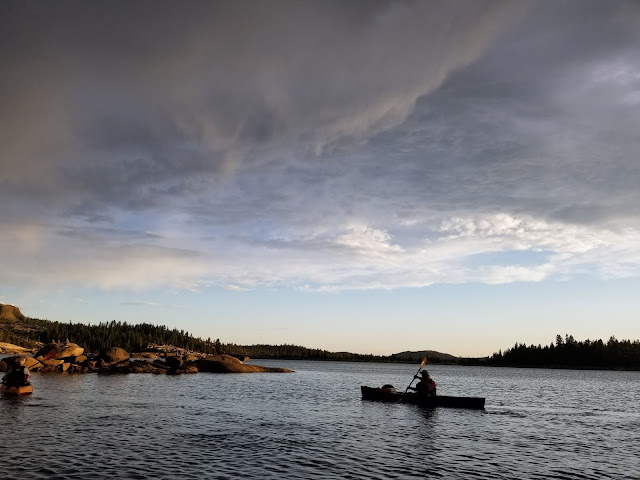Adventures are never fun while you're having them --- C. S. Lewis
I called it, The In Search of the Old Salmon Falls Bridge Paddle for a Bayside Adventure Sports paddling event last weekend. You see, when the Folsom Reservoir. is low, one can easily find the old bridge that dates back to the Gold Rush days of California.
Just the year before, I put in just off the Salmon Falls Road at the Skunk Hollow and paddled to and back with ease, to the only remnant left behind from the washed away gold mining town of Salmon Falls. Built-in 1925, the bridge is now dubbed Hidden Bridge because it's usually covered over by the lake due to the construction of Folsom Dam in the 1950s.
Surely it would be the same type of adventure for the active Sacramento faith-based outdoor group that I help lead. After all, a storm system swept through the Sierra Nevada earlier in the week dropping several feet of snow throughout the region, according to the National Weather Service. The Lake Tahoe area recorded as much as 7 feet of snow in parts. Indeed some of that extra rain had to find a way to bolster up the lake after an extremely dry fall.
“The state has experienced a series of storms over the last couple of weeks that brought a significant amount of rain and snow,” said Sean de Guzman, the Department of Water Resources, at a news conference. “However these storms were not nearly enough to make up the deficit we’ve accumulated over the last few months.”
If I only would have known. However, I misjudged the water levels totally. As William Van Der Ven wrote in his "Up the Lake with A Paddle' series, the reservoir's water level determines the extent of paddling trips on the lake.
"The low water level brings back the flow in the old river channel, " Van Der Ven writes, "This, in turn, creates a current that becomes extremely difficult to negotiate above old Salmon Falls Bridge. At extreme low water levels, the old river channel is exposed even below the old bridge, thus creating the same difficulty with the strong current."
The South Fork of the American River tumbles over a rocky slope just below the new Salmon Falls Bridge. It is the usual take out spot for rafters and kayakers after running the river's popular whitewater section. Usually bustling with buses, rafts, and kayaks on any hot summer, but on this quiet weekend morning in February, we had the place to ourselves.
It was a long walk down the grade to the water. My crew used kayak carts to portage their boats to the water. Looking downstream, I was hopeful the river would converge with the lake to make it an easy paddle upstream. But it was not to be.
The stream pushed us along quickly. We bounced over rocks and ran down the rivers flumes. Before long, we caught sight of the old Salmon Falls Bridge looming ahead. Built and rebuilt three times, the bridge is one of only a handful of remains of the old town named after a nearby waterfall, now covered by the lake. The seemly out of place monolith spanned over the river channel as it drew a crowd of weekend explorers and hikers to traverse it once again.
We beached our boats just underneath the old bridge realizing that we were at the end of the paddling portion of the trip and would have to hike out. That's is kayaking someday. We hiked back to our cars and trucks, leaving our boats to portage out for there. On our return, we portaged our boats back up the hill at the access of the Old Salmon Falls Bridge Day Use Area.












































